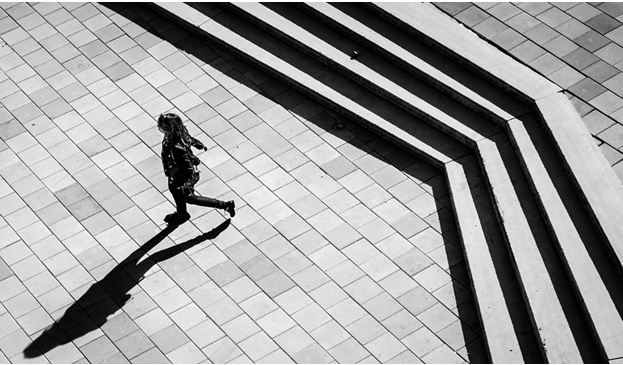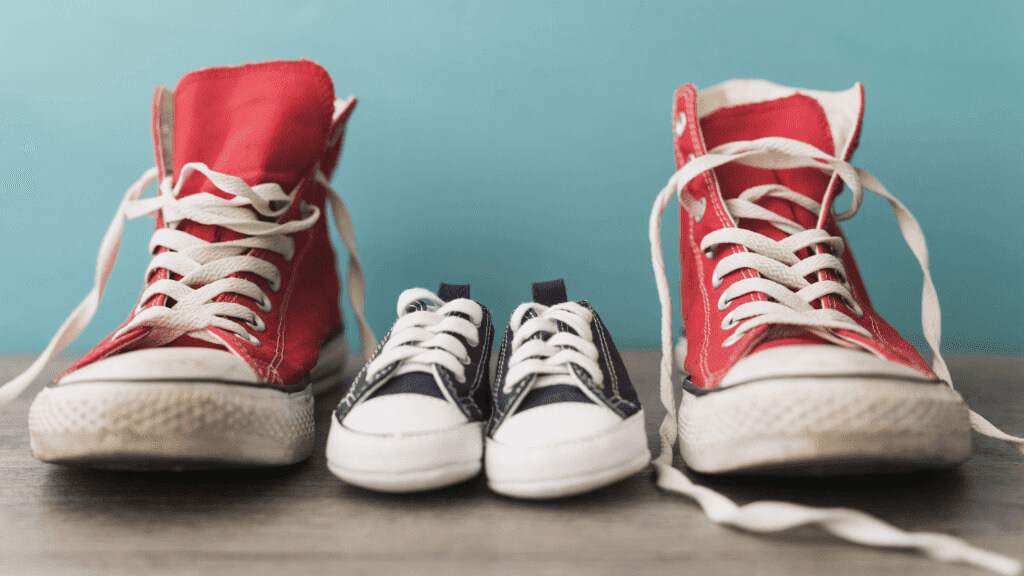Personal Photography helps one to express their ideas to others uniquely and subjectively or one can cherish memories and relive them again by looking at past pictures. Photography has become one of the most important tools for bloggers and influencers in today’s world. It is now essential for creating almost every post or article on the internet.
There are many ways to improve personal photography for an individual. Some of the key tricks and techniques are explained in this article.
Table of Contents
Camera modes and Understanding their Functions:
When it comes to DSLR, one of the most common cameras to capture images, it’s important to learn its different modes and when can they be used effectively. There are four basic modes i.e. Program Auto, Manual (used for cannon), Shutter Priority, and Aperture Priority.
Understanding these four basic functions can help you improve your photography immensely.
Program Auto Mode:
It is most commonly used by beginners; it lets the camera decide the right exposure, shutter speed, and aperture on your lens.
Aperture Priority Mode:
With this mode, you can easily control the aperture of your lens. The aperture decides how much light is allowed into the lens and also how much background you want in the focus of your capture.
The lower Aperture number focuses less on the background and makes it more blurry, this can be specifically useful when taking a portrait of someone as it focuses more on the person. A higher aperture number allows more depth of background in focus. This mode is specifically useful in capturing the negative space (explained later in the article) in photos.
Shutter Priority Mode:
If you’re capturing photos of wildlife or attending a sports event, then it’s best to use shutter mode. This mode helps the user to dictate the shutter speed that helps in capturing a moment that only lasts a short amount of time, e,g a flight of a bird or a goal scored by a soccer player.
Manual Mode:
As suggested in the name, this mode allows controlling each of the modes individually. It’s best used in situations with lighting issues. If there is access to light, it helps to remove the shadows from the background while in low-light scenarios; the flashlight can be used manually if needed.
If you’re taking photos of a subject up close, then you can also use Selfie Ring Light. This device helps to illuminate the subject and gets rid of unnecessary shadows. It is useful in situations in which flashlights are not very helpful.
Negative Space:
This is one of the most revered yet difficult-to-capture photographic techniques. Negative Space is a situation when the space surrounding the subject is left unoccupied and as a result, the subject is even more focused in these photographs.

If you want to take your photography to next level and leave a deep impression on the audience, then this minimalist genre of photography can act as a game-changer.
Right Time of the Day:
A good photographer remains patient when it comes to selecting the right time of the day, the right lighting, and the surrounding conditions. There are certain moments of a day which when captured through the lens, attract more attention from people.
One of these periods is the “Golden Hour”, which is the time during the sunrise or sunset and only lasts a few minutes. Images captured in such times have a deep effect on the aesthetic sense of viewers and are sure to grasp their attention.

Embracing the Shadows:
Most photographers run away from shadows. If you want to stand out and improve your photography skills, then you have to make the best use of shadows. Shadows are almost as valuable as light and give various effects and depths to the objects in focus.

Knowing the lenses:
Lenses play a vital role in what happens in an image. One should be aware of how lenses can either compress the photos or distort the wider angles. If you only have one lens, then find out its strengths and shortcomings and adapt according to them.
Making the best use of the Weather:
If you’re well aware of the weather, then it can be used to capture different backgrounds in your shots such as snow, clouds, rain, lightning, etc. Weather can also help you to convey your feelings through your images e.g. cloudy and dark weather can represent melancholy and sadness while sunny and bright weather can be used to represent hope and happiness.
Editing:
Not every shot you take would be perfect. Sometimes, small obstacles in backgrounds or light differences can reduce the aesthetic capacity of the image; this is where editing comes in. There are many editing software and apps on the internet for mobile and computers.
Welcoming Critique:
After scrutinizing your images, open yourself to critique from your followers or viewers. Even though photography is strictly subjective, being open to others’ opinions can help you to learn and grow. You should always be willing to change your methods and learn new techniques but completely changing your style on someone’s criticism is not appreciable either.
In conclusion, photography needs patience and creativity to reach the next level. There is no endpoint in this work, it’s ever-evolving and newer techniques and methods are being produced every year. It is important to learn and pick new tricks but at the same time developing a unique style is also important. It is best to come up with a way of photography that suits your artistic vision. Stay consistent with your style but try not to force it where it is completely unfit for use.










